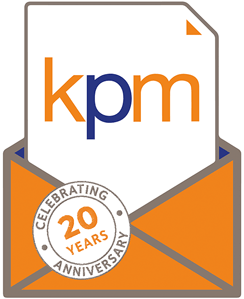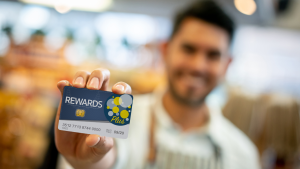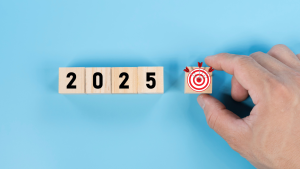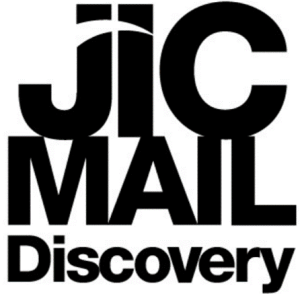In today’s super competitive market, understanding your customer’s experience (from their very first interaction with your brand, right up to their final purchase) is more important than ever. This understanding – often visualised through customer journey mapping – helps businesses to create seamless experiences that draw customers in and keep them engaged for the long haul.
In this blog, we’ll cover everything you need to know about customer journey mapping and its (many) benefits. Plus, demonstrate how print marketing plays a vital role in enhancing customer interactions at every stage.
What is Customer Journey Mapping?
Customer journey mapping is simply the process of creating a visual representation of the steps a customer goes through when interacting with your business. This map outlines every touchpoint a customer encounters, from initial awareness to post-purchase activities. Detailing these touchpoints allows you to get a much better understanding of your customers’ needs, pain points, and motivations, so you can tailor your strategies accordingly!
The Benefits of Mapping Your Customer Journey
Mapping your customer journey is great for increasing your brand reputation. Why? Because it allows you to cater for the people who have the power to make or break you!
- Enhanced Customer Understanding: Customer journey mapping provides a clear view of your customer’s experiences and expectations; this knowledge allows you to address specific needs more effectively, as opposed to shooting in the dark.
- Improved Customer Experience: By identifying pain points and areas for improvement, you’ll be able to optimise customer interactions with your brand to make the whole journey smoother and more enjoyable.
- Increased Engagement and Retention: A well-mapped journey helps you to create more personalised experiences – fostering stronger connections with your customers and encouraging repeat business.
- Data-Driven Decision Making: Journey maps highlight critical data points, allowing you to make informed decisions that ultimately enhance your marketing strategies and customer interactions.
- Alignment Across Teams: Customer journey mapping ensures that all departments, from marketing through to customer services, are fully aligned in their understanding of the customer journey. This cohesive approach is essential for best results!
Examples of Customer Journey Mapping
Let’s look at a few examples of customer journey mapping across digital and print marketing.
E-Commerce Retailer
- Awareness:
- Digital: Customer sees a Facebook ad for a new line of sports gear.
- Print: Customer receives a beautifully designed catalogue in the mail showcasing the latest collection.
- Consideration:
- Digital: Customer visits the website and reads reviews and product descriptions.
- Print: Customer finds a QR code in the catalogue, which they scan to access an exclusive discount.
- Purchase:
- Digital: Customer completes the purchase online using the discount code.
- Print: The catalogue includes a detachable order form for those who prefer mail-in orders.
- Retention:
- Digital: Customer receives follow-up emails with personalised recommendations.
- Print: Customer receives a thank you postcard with a discount for their next purchase.
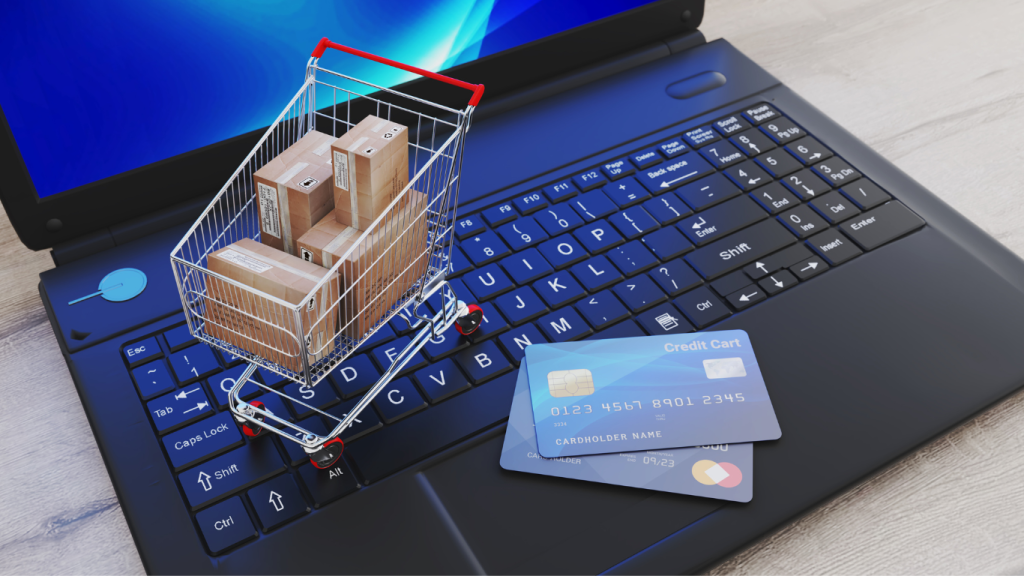
Local Restaurant
- Awareness:
- Digital: Customer sees an Instagram post about a new seasonal menu.
- Print: Customer receives a flyer with a menu overview and special offers.
- Consideration:
- Digital: Customer checks reviews on Google.
- Print: Customer notices a magazine ad featuring a rave review of the restaurant.
- Purchase:
- Digital: Customer makes a reservation through the restaurant’s website.
- Print: Customer brings the flyer to the restaurant to redeem a discount on their meal.
- Retention:
- Digital: Customer gets a thank you email with an invitation to join a loyalty program.
- Print: Customer receives a handwritten thank you note with a coupon for their next visit.
Estate Agents
- Awareness:
- Digital: Customer sees a targeted ad about local housing market trends.
- Print: Customer receives a glossy brochure in the mail highlighting featured properties.
- Consideration:
- Digital: Customer visits the agency’s website to view properties and virtual tours.
- Print: Customer reviews the brochure’s detailed information on the properties and local amenities.
- Purchase:
- Digital: Customer contacts an agent through the website to schedule viewings.
- Print: Customer uses the contact information from the brochure to call the agency directly.
- Retention:
- Digital: Customer receives a newsletter with market updates and tips for new homeowners.
- Print: Customer receives a housewarming gift along with a branded calendar for the new home.
Templates for Customer Journey Mapping
If you’re keen to create your own customer journey map, you might find it easier to use tried-and-tested templates. These templates typically include sections for:
- Customer Personas: Detailed descriptions of your target customers.
- Stages of the Journey: From awareness to post-purchase.
- Touchpoints: Specific interactions at each stage.
- Customer Goals: What the customer aims to achieve at each stage.
- Pain Points: Challenges faced by the customer.
- Opportunities: Areas where the business can improve the experience.
Platforms like Canva and HubSpot offer customisable templates to help you get started!
The Role of Print in the Customer Journey
Print marketing holds a unique place in an omnichannel strategy – offering tangible, lasting impressions that digital media often can’t match up to. Here’s how print can be integrated effectively:
- Early Stage
Use business cards, flyers and brochures to create initial awareness. Incorporate QR codes to direct customers to your online platforms – providing a seamless transition from print to digital.
- Middle Stage
Offer printed discount vouchers, tailored promotions or postcards to encourage trial and engagement. These tangible items remind customers of your brand and prompt them to act.
- Later Stage
Employ printed loyalty cards or referral cards to reward repeat customers and encourage word-of-mouth promotion. Re-engage lapsed customers with personalised mailers that highlight new products or special offers.
Enhancing Touchpoints with Print
- QR Codes: Incorporate QR codes in printed materials to bridge offline and online experiences, making it easy for customers to access more information or exclusive offers.
- Storytelling: Use print to tell your brand story. High-quality brochures or booklets can provide a far richer narrative experience than digital alone.
- Tangible Effect: The physicality of print can create a lasting impression. This is where the texture and weight of the paper you use can convey quality and attention to detail.
- Longevity: Printed materials often have a longer shelf life. A well-designed flyer or postcard can stay in a customer’s home or office for months, continually reminding them of your brand.
Blending print marketing and digital marketing is a great way to improve your customer journey, from beginning to end. But don’t waste money on inefficient processes…
Book Your Free Postage Audit
Are you getting the best postage rates and delivery times? Make sure you stay ahead of the curve before postage price increases come into effect.
Understand the available options and gain insight into small changes that could make a big difference to your budget. We’ll include recommendations for improvement and next steps.
To book your Free Postage Audit Check please fill in the form.
